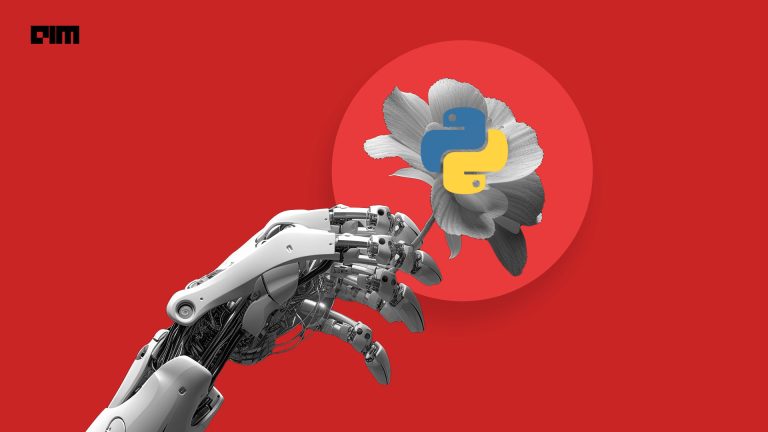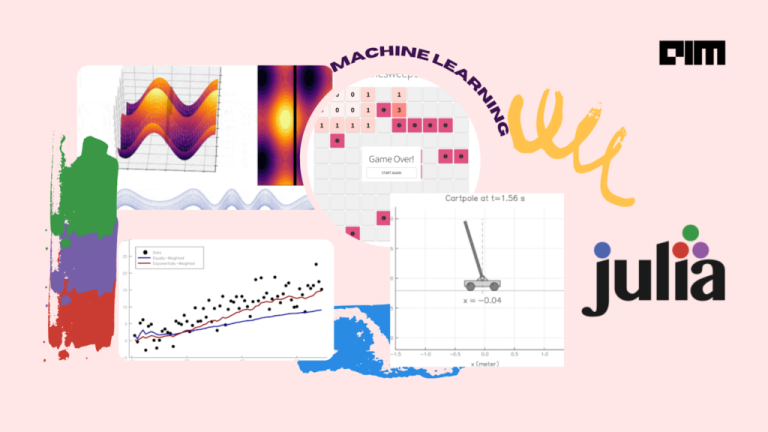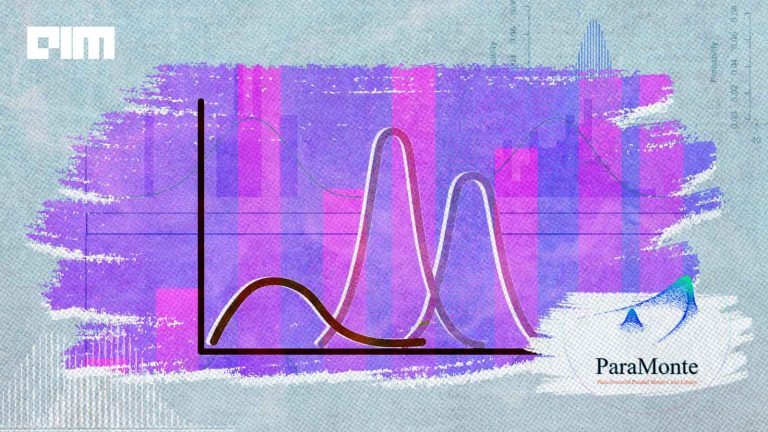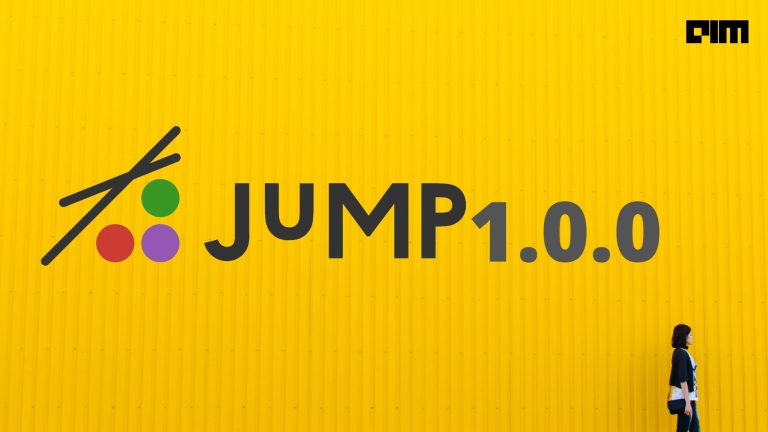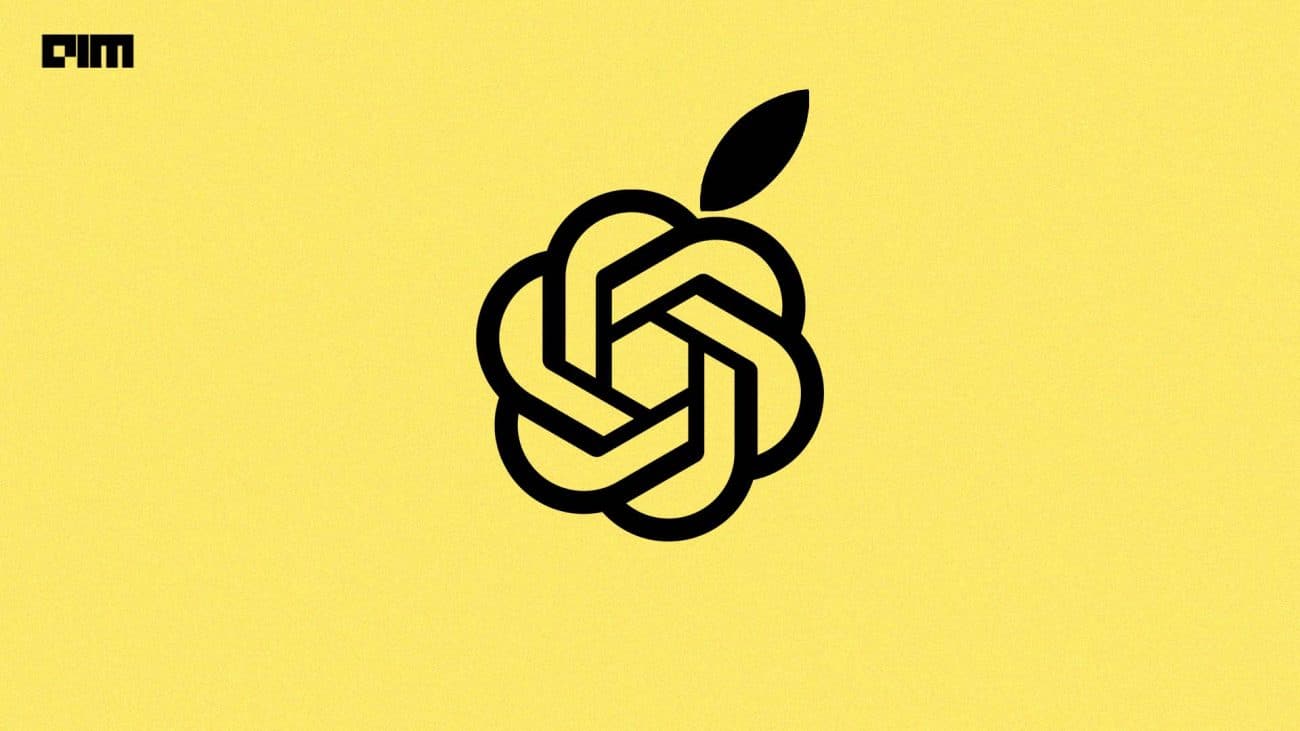After the recent launches of Julia 1.6 and JuliaSim for scientific machine learning in the cloud, Julia Computing has now released DataFrames version 1.0. DataFrames.jl version 1.0 provides Julia users with a fully integrated, new and improved solution for data analysis in Julia.
Julia Computing took to Twitter to announce the latest release. They tweeted, “DataFrames.jl 1.0 Release: Check out the new DataFrames.jl! The much anticipated 1.0 release has arrived, providing better, faster tools for working with tabular data in Julia https://dataframes.juliadata.org/stable/ #julialang”
DataFrames.jl 1.0 Release: Check out the new DataFrames.jl! The much anticipated 1.0 release has arrived, providing better, faster tools for working with tabular data in Julia https://t.co/3ChoHpQ77s#julialang pic.twitter.com/4Tde1gCF06
— Julia Computing (@JuliaComputing) April 22, 2021
DataFrames.jl provides a set of tools for working with tabular data in Julia. Its design and functionality are similar to those of pandas (in Python) and data.frame, data.table and dplyr (in R), making it a great general purpose data science tool, especially for those coming to Julia from R or Python. DataFrames.jl plays a central role in the Julia Data ecosystem, and has tight integrations with a range of different libraries.
DataFrames.jl work well with a range of formats, including CSVs (using CSV.jl), Apache Arrow (using Arrow.jl) Stata, SPSS, and SAS files (using StatFiles.jl), and reading and writing parquet files (using Parquet.jl).
It can also be stated that DataFrames.jl is a great general purpose tool for data manipulation and wrangling. In addition to providing a stable API, there are significant performance improvements in this release that include multi-threading and faster joins, improved inference and more.






